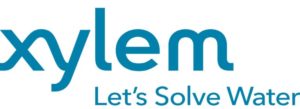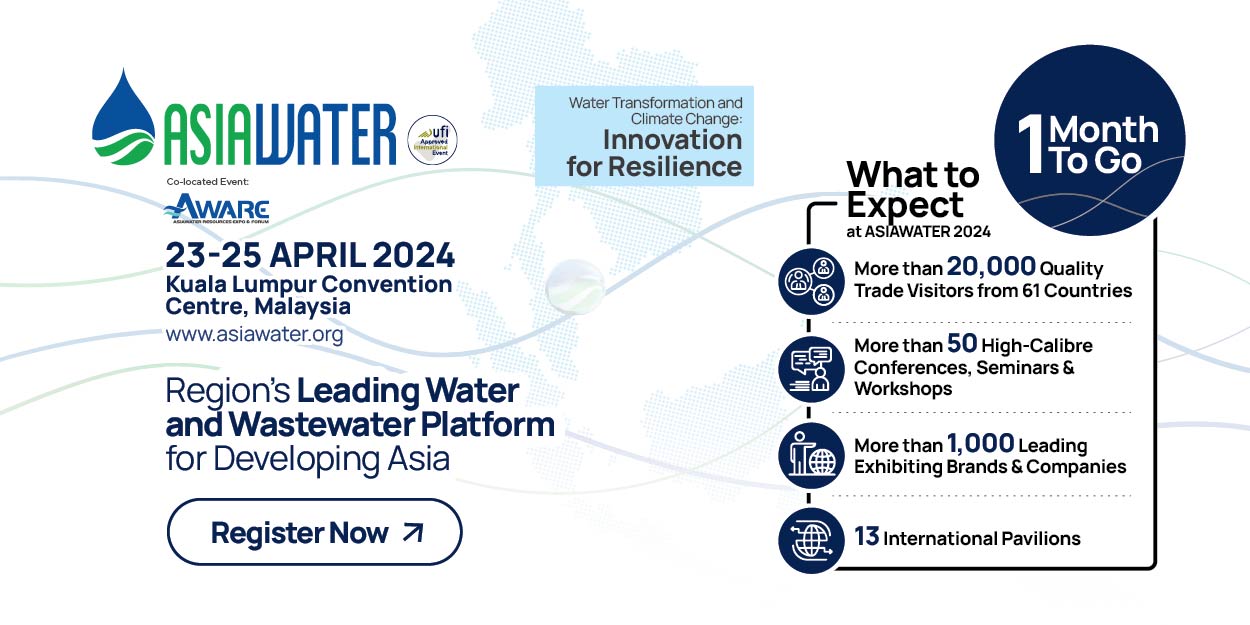Xylem’s New High-Pressure Dewatering Pump Delivers Savings of up to 10% and Reduces Carbon Emissions

Image source: Xylem Inc.
With greater hydraulic efficiency and optimized head and flow, it reduces the need for multiple pumps in series, lowers energy consumption, simplifies operations and maintenance, and minimizes premature wear. Field test participants have already used the pump to meet project goals with fewer assets, simpler operations, and reduced maintenance costs.
The solution, part of the Godwin Ultrahigh-head range, also enables operators to lower their carbon emissions.
“Meeting the evolving needs of our customers is paramount,” said Mike Ramos, Global Product Manager at Xylem. “The Godwin HL270M meets the unique demands of deep-mine and high-pressure water transfers. It allows our customers to go deeper and further while making operations more efficient, sustainable, and safe.”
“This product is also a great example of sustainable business being smart business. The pump uses less power, reduces the need for multiple pumps, minimizes premature wear, and offers longer life between repairs.”
With higher head and higher-pressure capabilities, the HL270M has delivered immediate and significant benefits during customer trials.
“The new Godwin HL270M Dri-Prime Pump is already proving to be durable and reliable in the field,” added Jon Craig, Application Engineer at Xylem. “One of our customers was facing the challenge of transferring water through an existing pipeline covering seven miles. Ordinarily this would require using multiple pumps in series, making it an ideal fit for the HL270M. During subsequent testing, the pump has operated seamlessly for more than 1,400 hours and delivered significant operational efficiencies.”
Designed to meet the needs of mining, industrial, oil and gas, construction and emergency fire backup applications, the Godwin HL270M delivers a maximum head of 300 m and flows of up to 280 liters per second. The pump also delivers hydraulic efficiency of up to 70% through its enclosed impeller.
With extensive application flexibility, the product also handles a variety of fluids and liquids, including solids up to 30 mm in diameter. Available in both diesel and electric drive packages, it will also be offered as a retrofit package for installation on existing customer-owned pumps. All Godwin portable pumps are available with standard engines and motors compliant with regional emissions and efficiency legislation.
The pump is available with two standard material options – all duplex stainless steel as the primary offering and an option for cast steel pump casing paired with a duplex stainless-steel impeller.
Source: Xylem Inc.







